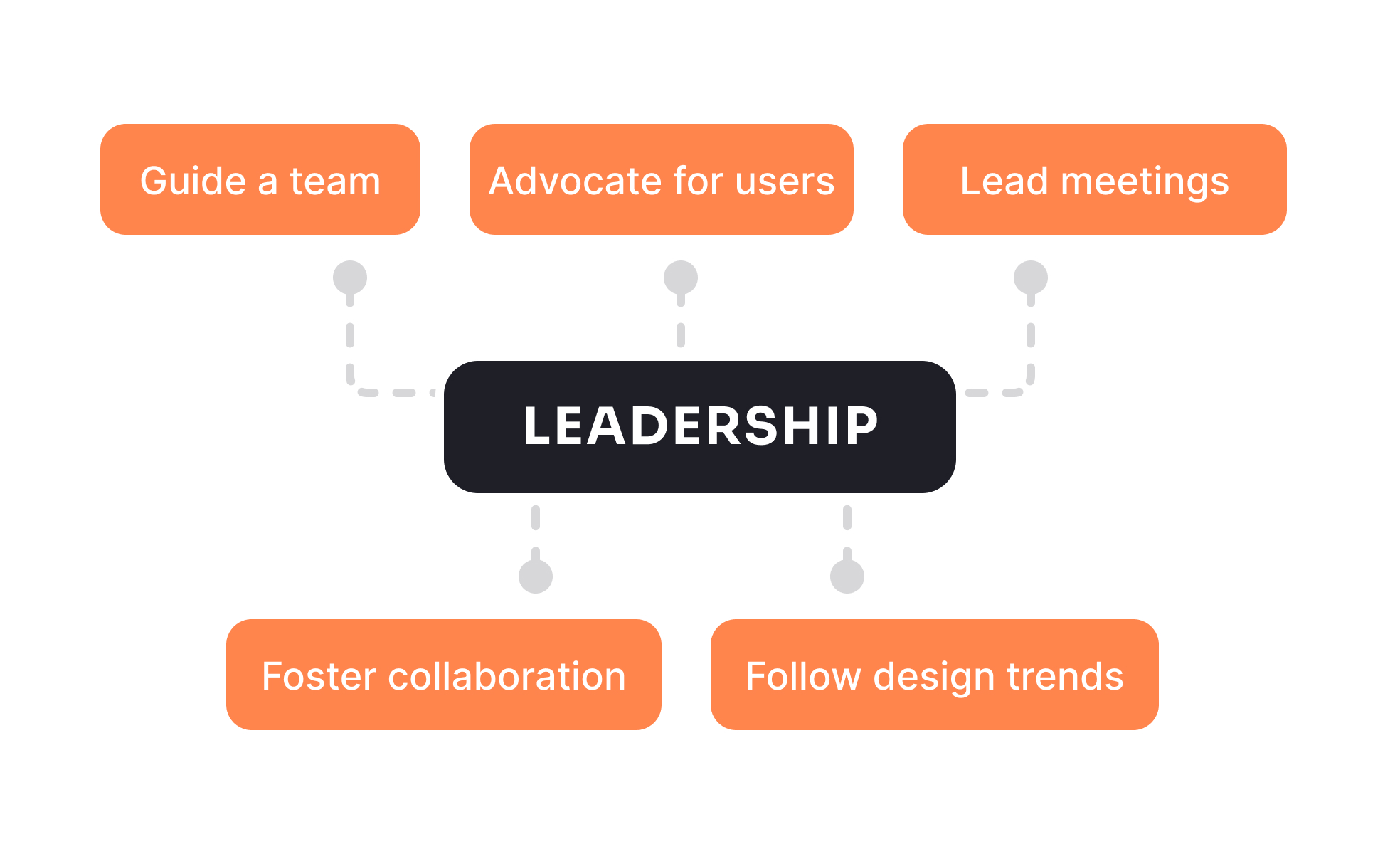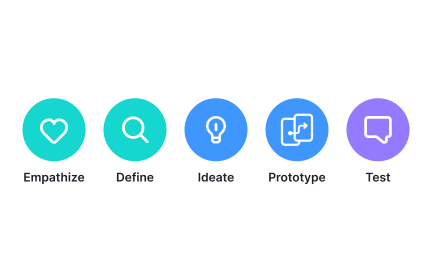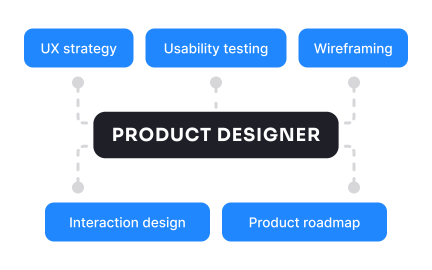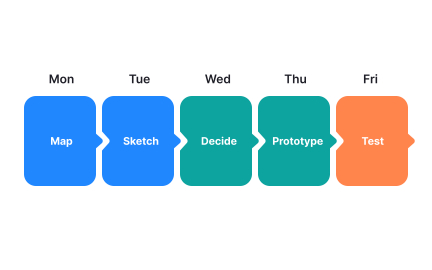Design Leadership
Design leadership guides teams in shaping user-centered products, blending creative vision, business alignment, and team development to drive innovation.

Design leadership is about more than supervising projects. It involves guiding teams to create user-centered products that balance creativity, usability, and business needs. Leaders establish vision, set direction, and cultivate environments where design thrives.
For UX/UI, design leadership ensures teams focus on solving real user problems rather than chasing trends. Leaders promote practices such as research-driven design, prototyping, and testing. This commitment to evidence-based methods keeps work grounded and impactful.
Product managers rely on design leadership for alignment. Clear leadership bridges communication gaps between design, development, and strategy. Leaders advocate for user needs while ensuring product decisions align with business objectives. This balance prevents misalignment and wasted effort.
Design leaders also invest in team growth. They mentor individuals, build inclusive cultures, and encourage cross-disciplinary collaboration. This creates environments where creativity flourishes and designers grow into stronger professionals.
Examples show how design leadership shapes industries. Leaders at Airbnb elevated design to a core differentiator by integrating storytelling and experience across every touchpoint. Similarly, at Atlassian, design leadership helped unify multiple tools into cohesive workflows, supporting millions of users.
In essence, design leadership transforms design from a tactical function into a strategic driver. By blending creativity, empathy, and business focus, leaders create products that stand out and deliver value.
Learn more about this in the Who is a Designer Leader Exercise, taken from the Design Thinking Leadership Lesson, a part of the Design Thinking Course.
Key Takeaways
- Design leadership blends vision with execution.
- Ensures user-centered design practices.
- Aligns design with business and product goals.
- Mentors teams and fosters inclusive culture.
- Shapes industry success through strategic influence.
- Transforms design into a business driver.
Design management focuses on execution, such as timelines, resources, and deliverables. Design leadership, however, extends into vision and strategy, shaping long-term product direction.
Both roles overlap, but leadership emphasizes inspiration and influence, while management emphasizes coordination and delivery.
Without strong leadership, design risks becoming siloed or disconnected from business goals. Leaders advocate for user needs, integrate design into decision-making, and inspire teams to push boundaries.
This creates alignment, prevents wasted effort, and ensures products are not only functional but also memorable and valuable.
Growth requires more than design skills. Aspiring leaders must develop communication, strategic thinking, and mentoring abilities. Taking on cross-functional projects and practicing storytelling helps prepare for leadership roles.
Leaders also learn to balance advocacy with compromise, building trust across departments while still championing design values.
Recommended resources
Courses

Mentorship Mastery

Workshop Facilitation

Leadership Mastery
Lessons

Essential Tools in Design Workshops

The Benefits of Mentorships

How to Be a Great Mentor
Exercises
Tutorials

Articulating Design Decisions to Stakeholders

How To Celebrate Failures With Your UX Team

A Practical Guide to Coaching Designers - Part 1
Projects

Roof Recovery – Local Roofing Contractor

Prioritizing New Features for Taskflow















